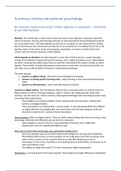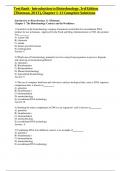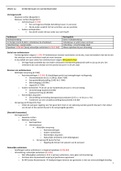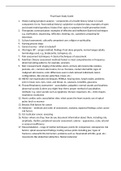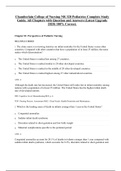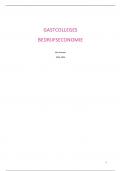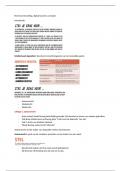Samenvatting
Summary Summaries of all the articles of Educational Psychology
- Instelling
- Universiteit Utrecht (UU)
This summary consist the following articles: - Kirschner & van Merrienboer (2013). Do Learners Really Know Best? Urban Legends in Education. Educational Psychologist, 48(3), 169-183. doi:10.1080/.2013. Marshall, C. (2017). Montessori education: a review of the evidence base. Npj Science of Le...
[Meer zien]
